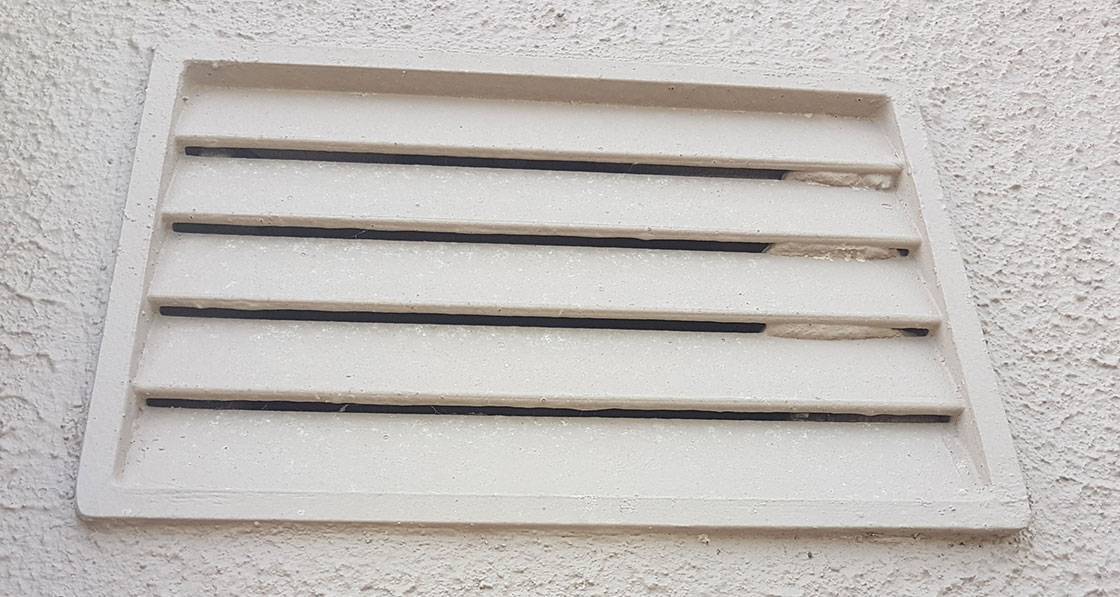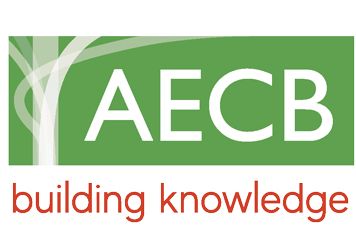
- Government
- Posted
UK buildings regulations set for major overhaul
This article was originally published in issue 28 of Passive House Plus magazine. Want immediate access to all back issues and exclusive extra content? Click here to subscribe for as little as €10, or click here to receive the next issue free of charge
Minimum targets for primary energy use in buildings, and a mandatory overheating standard for homes, are under consideration in a review of the UK building regulations expected in the spring. Part F (ventilation) as well as Part L (heat and fuel) will be updated.
The moves have been broadly welcomed, though passive house designers and the Association for Environment Conscious Building (AECB) are urging the Ministry of Housing, Communities & Local Government not to over-complicate the regulations, and to ensure that better use is made of existing skills and knowledge, in order to get the basics right first.
Peter Rankin, an official in the Ministry of Housing, said in November at an event organised by the Chartered Institute of Building Services Engineers (CIBSE) that the government believes it is time to set primary energy targets for buildings, and that the ministry will also be looking at an overheating standard for homes.
Passive house designer and certifier Sally Godber said she and her colleagues at leading passive house consultancy Warm “strongly support” a move toward metrics that minimise heat demand per square metre of floor area in buildings. “An absolute metric pushes designers to develop naturally efficient shapes and glazing – which in turn is likely to benefit summer comfort,” she said.
The proposals are also welcomed by construction bodies CIBSE and the AECB. However, commenting on Peter Rankin’s claim that “we will use new technologies to halve the energy use of new buildings by 2030,” AECB chief executive Andy Simmonds pointed out that, “we don’t need new technologies to do this”.
“Simply designing and building to well-tried standards such as the AECB Building Standard and passive house easily achieves this goal,” he said.
CIBSE agrees that there is an urgent need to close the performance gap — the difference between the amount of energy buildings are designed to use, and what they use in practice — and for greatly strengthened enforcement of building standards, in line with the recommendations of the Hackitt report (see overleaf). After starting a joint consultation process with stakeholders including the London Energy Transition Initiative, CIBSE says there is consensus that Part L must more closely reflect what actually happens in occupied buildings.
CIBSE technical manager Julie Godefroy told Passive House Plus that there was strong support for requiring monitoring and reporting, with the possibility of moving towards regulation of the actual performance of completed buildings or developments.
CIBSE also reports wide agreement for Part L to introduce absolute energy metrics. In relation to overheating, many consultees agreed with CIBSE’s view that dynamic simulation modelling should be the ultimate test of summer comfort, if a design did not pass a preliminary assessment. Sally Godber and some fellow passive house designers however are less sure.
Citing the example of the London South Bank University study in Camden, which reported temperatures of 47.5C during a heatwave in an apartment building modelled to have much lower temperatures, (see Passive House Plus issue 26) Godber warned of concerns about the accuracy of modelling results, in the absence of an industry scheme to ensure competency of modellers: “Dynamic modelling hasn’t been proven in accurately modelling how buildings behave. It is also complex and hard to check and cannot easily be used as a design tool.”
Passive House designer Alan Clarke added the warning that all models (including PHPP) could be gamed. He called for the inclusion of some ‘first principles” checks – including a realistic assessment of internal heat gains, particularly from building services, like heating systems.
“Neither controlling gains nor provision for natural cooling are sufficient on their own,” he said. “There should be a check to establish each is adequate.”
CIBSE agrees with many in the passive house world that Part F (ventilation) needs an overhaul, as well as Part L. The regs currently contain few guidelines relating to indoor quality, and those there are, are poorly implemented.
While CIBSE’s focus is on excluding outdoor air pollution, and setting indoor air quality targets, Sally Godber and Alan Clarke stressed the need to address installation and commissioning – even to the existing standards.
Alan Clarke also pointed to the fact that many voices are calling for ‘System 1’ ventilation (trickle vents plus intermittent extract fans) to be removed from the regulations. “In practice system 1 doesn't really meet the regs, as it is not an adequate means of ventilation. Intermittent extract fans are clearly irrelevant in terms of total ventilation rate.” He also suggested that the whole dwelling ventilation rate should be uprated.
However, he warned that unless noise was tackled explicitly, mechanical ventilation risked being no more effective than ‘natural’ ventilation, as occupants would likely turn it off. “Noise is a major issue that needs to be addressed. Too many ‘building regs’ installations are simply too noisy to use – and when that happens, all the rest of the things we might discuss are irrelevant.”
AECB members who wish to contribute to the association’s recommendations to the Ministry of Housing are invited to contact Andy Simmonds at This email address is being protected from spambots. You need JavaScript enabled to view it..
CIBSE is calling on anyone interested in participating in their consultation process to contact them via Julie Godefroy: This email address is being protected from spambots. You need JavaScript enabled to view it.
- Issue 28
- building regulations
- Part L of the building regulations
- Part F1 of the building regulations
- UK








